Wildlife's winners and losers of 2021 - and how extreme weather set the tone
- Published

Wildfire raging in the Mourne Mountains, Northern Ireland, April 2021
Wildlife across the UK is increasingly suffering the impacts of extreme weather events and natural disasters, says the National Trust as it publishes its annual reckoning of UK wildlife "winners and losers".
The conservation charity also warns some of the landscapes it cares for are being altered forever as climate change makes some forms of extreme weather the new normal.
It points to the very dry spring that saw wildfires devastate parts of National Trust estates in the Mourne Mountains in Northern Ireland and Marsden Moor in Yorkshire.
The fires destroyed habitats for a range of threatened species including golden plover and Irish hare.
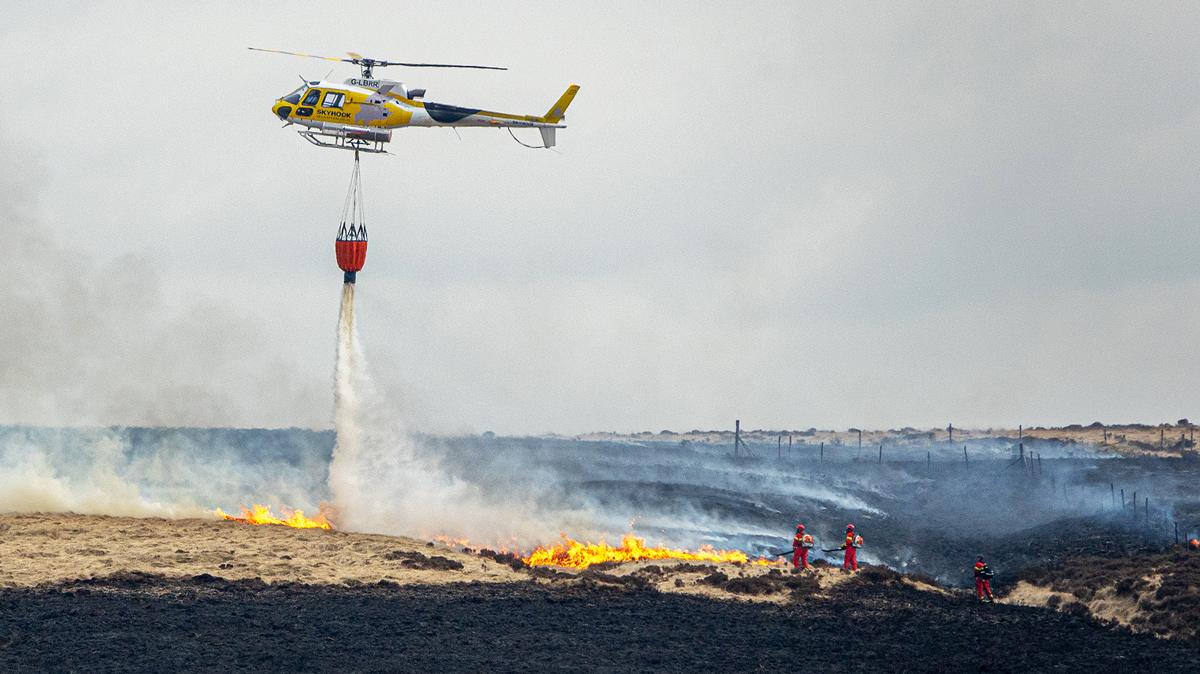
Fire on Marsden Moor, near Huddersfield, April 2021

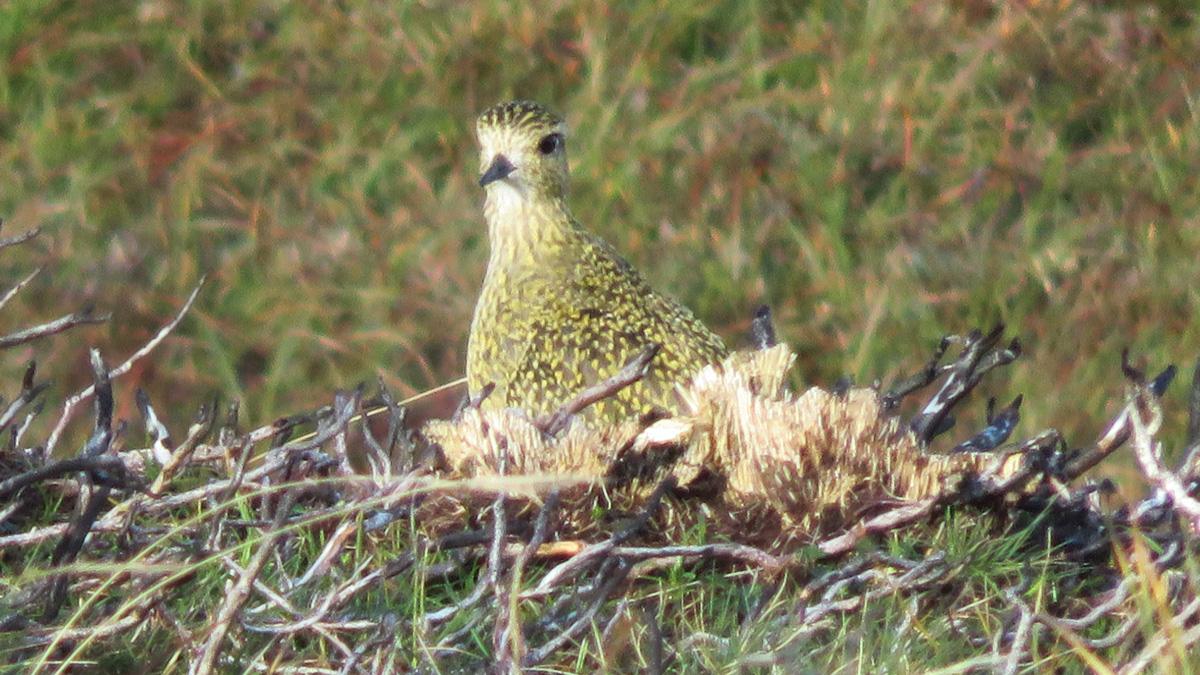
The golden plover was spotted in the Mourne Mountains

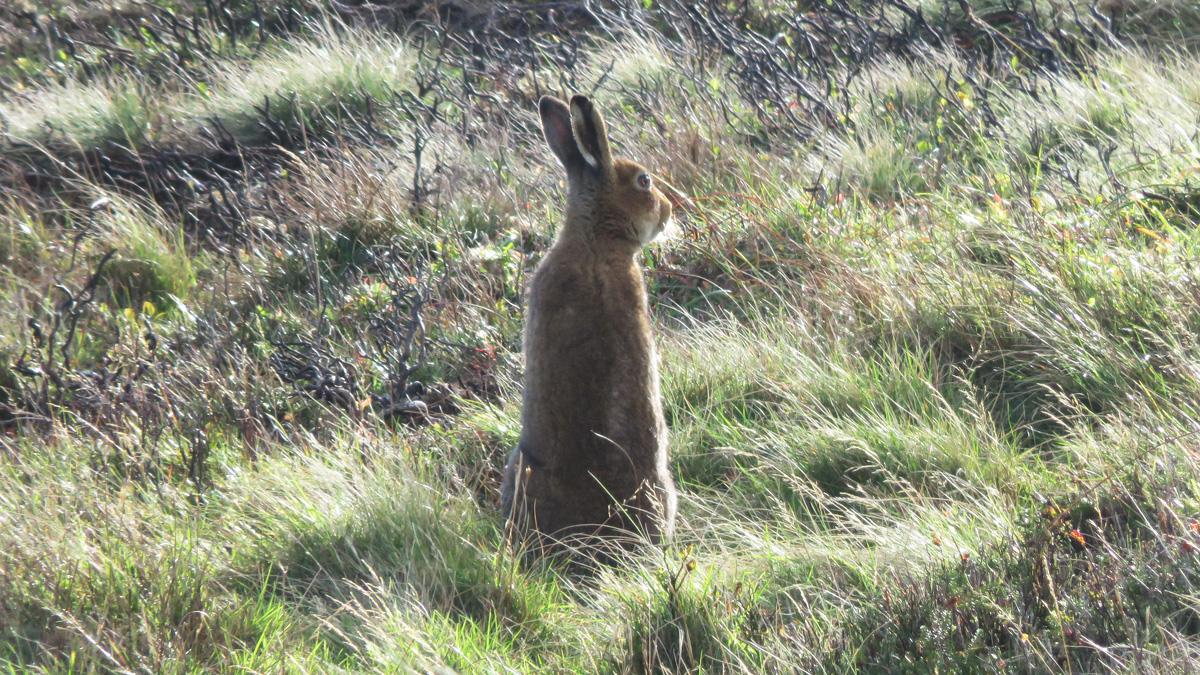
The Irish hare was also seen in the Mourne Mountains
Meanwhile our warmer, wetter winters have accelerated the spread of diseases such as ash dieback, causing significant loss of trees, the charity says.
This year's settled and warm autumn led to a spectacular show of colour but that was brought to an abrupt end when Storm Arwen ripped through the north of the country in November causing widespread destruction.
It uprooted thousands of trees on National Trust land in the Lake District and destroyed hundreds of irreplaceable trees and plants at its Bodnant Garden in Wales.
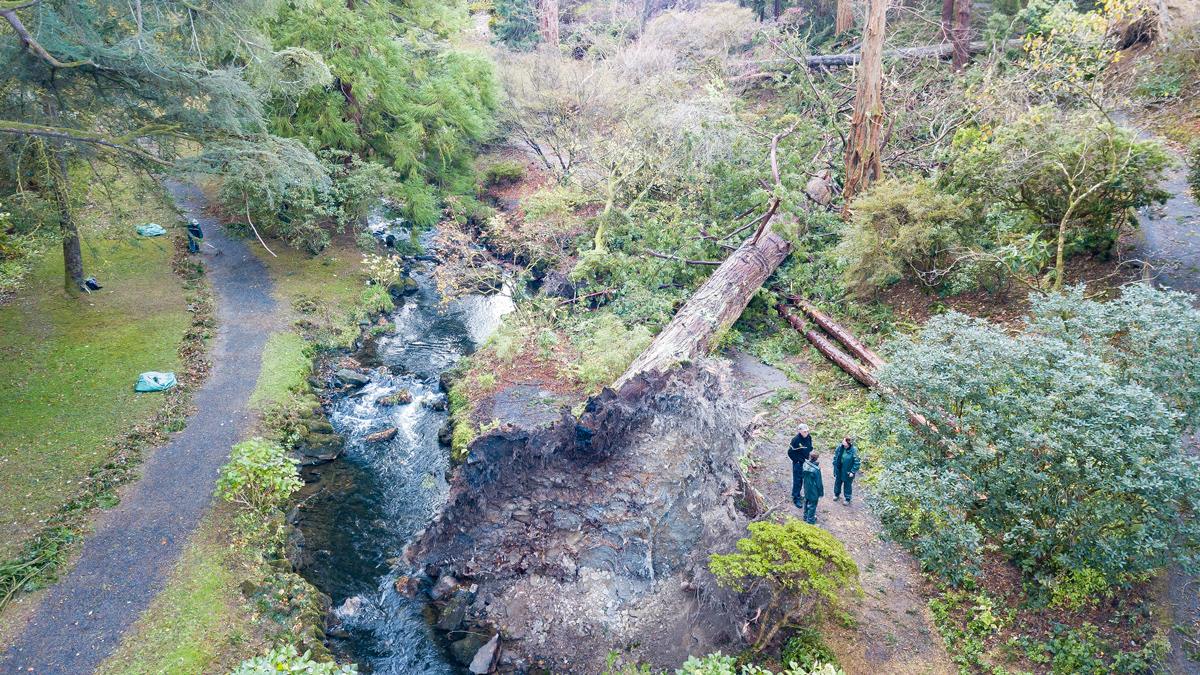
Aerial view of devastation caused by Storm Arwen at Bodnant Garden in north Wales
At Wallington in Northumberland, where gusts reached 98mph, more than half of the 250-year-old oak and beech trees were uprooted.
"These extreme events are putting even more pressure on Britain's wildlife", warns Ben McCarthy, head of nature conservation at the trust.
He says more than half of UK species are already in decline and 15% of wildlife species are under threat of extinction.
"Isolated or small populations are the most at risk from climate impacts," he says, but not all species have suffered. Some animals and plants have actually flourished this year.
Here's a selection of the National Trust's run down of winners and losers on the 250,000 hectares of countryside, 780 miles of coastline and 500 historic properties, gardens and nature reserves it looks after:
Winners
The grey seal colonies cared for by the National Trust are expecting another increase in pup numbers thanks to a lack of predators and plentiful food.
Orford Ness on the Suffolk coast recorded record numbers of seals. Normally one or two are seen at a time, but this year 200 were out on the beach together and stayed for several days.

Seals at Orford Ness, Suffolk

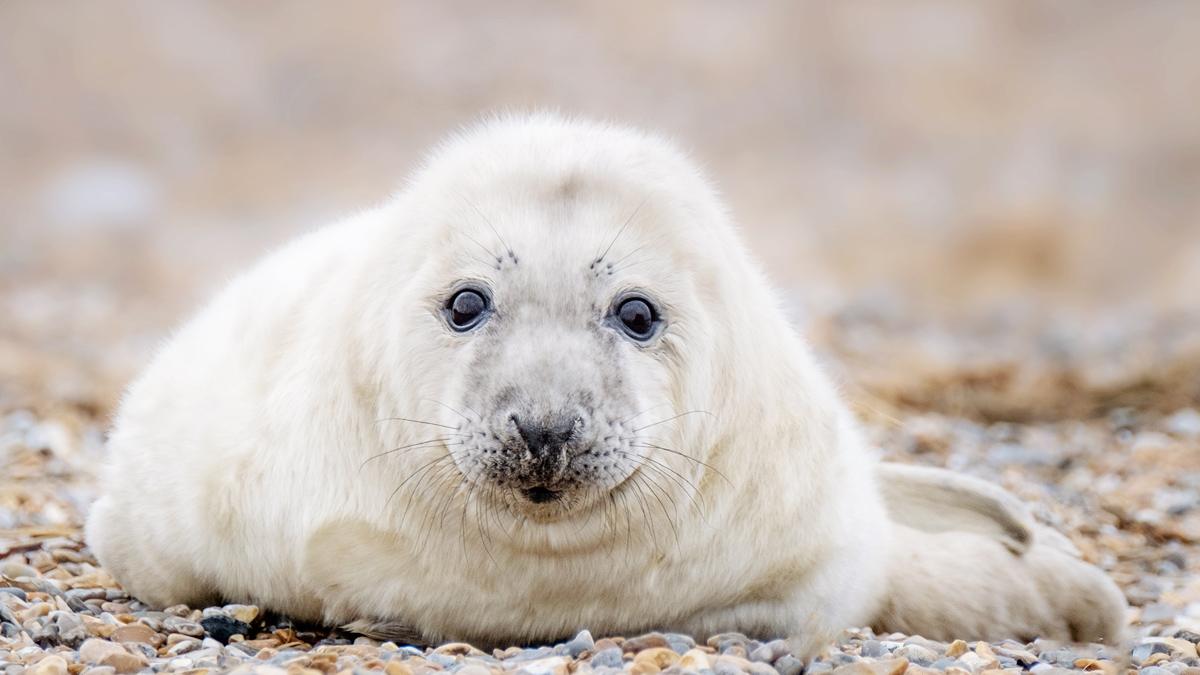
The dry May and exceptionally warm June helped unroll carpets of pyramidal orchids across Rodborough Common in Gloucestershire.
Autumn lady's-tresses, the latest flowering UK orchid species, also had a very good year thanks to the cold wet May. The plant's distinctive spires of white flowers appeared in the thousands at some grasslands and sand dunes in southern England and Wales.
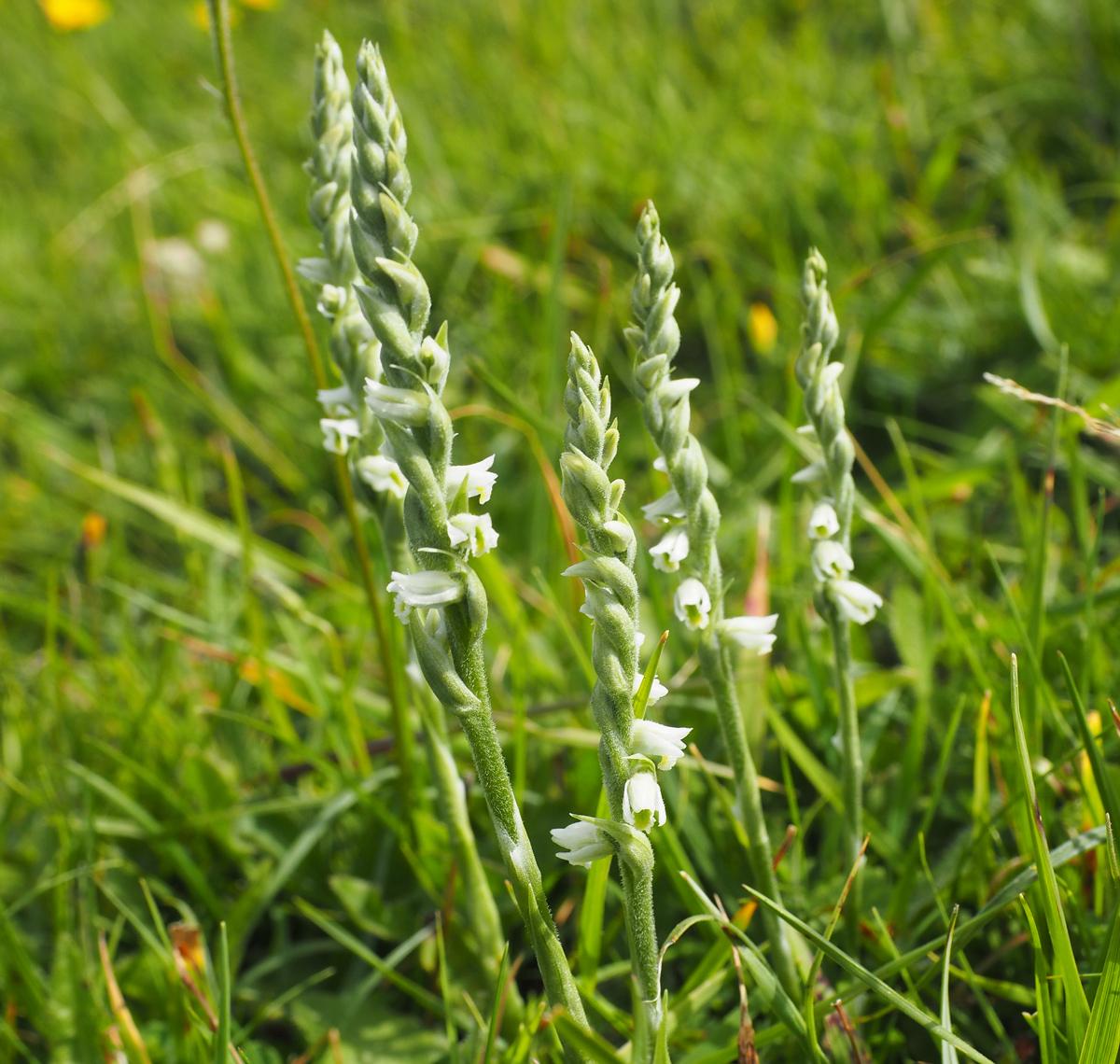
Multi-stemmed autumn lady's-tresses
There was good news for the beavers released on the Holnicote Estate on Exmoor in January last year. Their first kit was born in June.
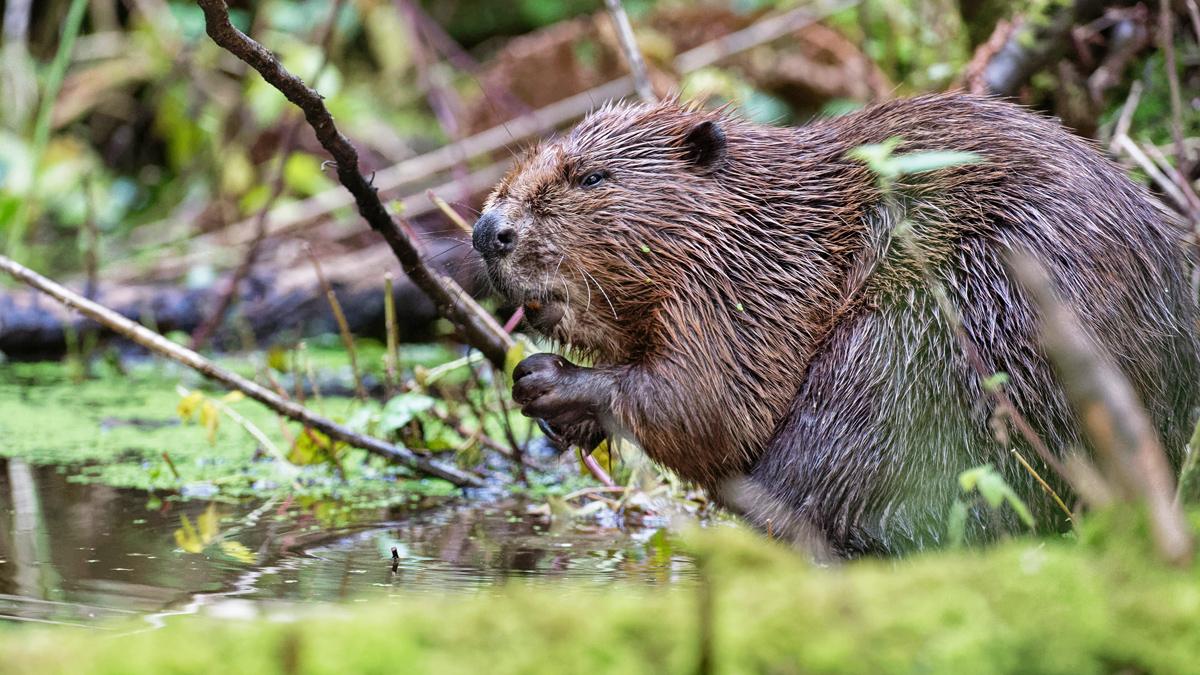
Beaver on the National Trust's Holnicote Estate in Somerset

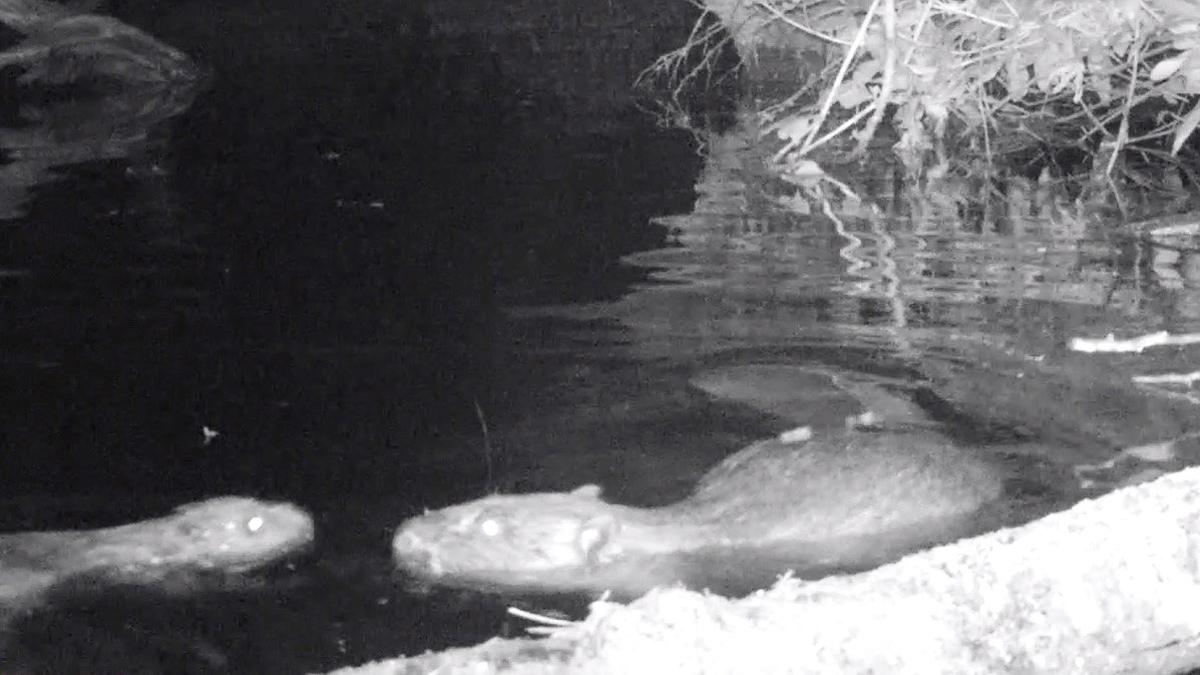
Beaver kit caught on a night cam at the Holnicote Estate in Somerset
It has also been a bumper year for grassland fungi with waxcaps doing especially well - evidence that some grasslands are thriving. In Shropshire, National Trust rangers were delighted to find 17 species of these fungi in one meadow.
Meanwhile in Herefordshire, the team discovered an example striking non-native species - called Devil's Fingers or Octopus Stinkhorn - which was introduced to Europe accidentally from Australia or New Zealand around 1920.
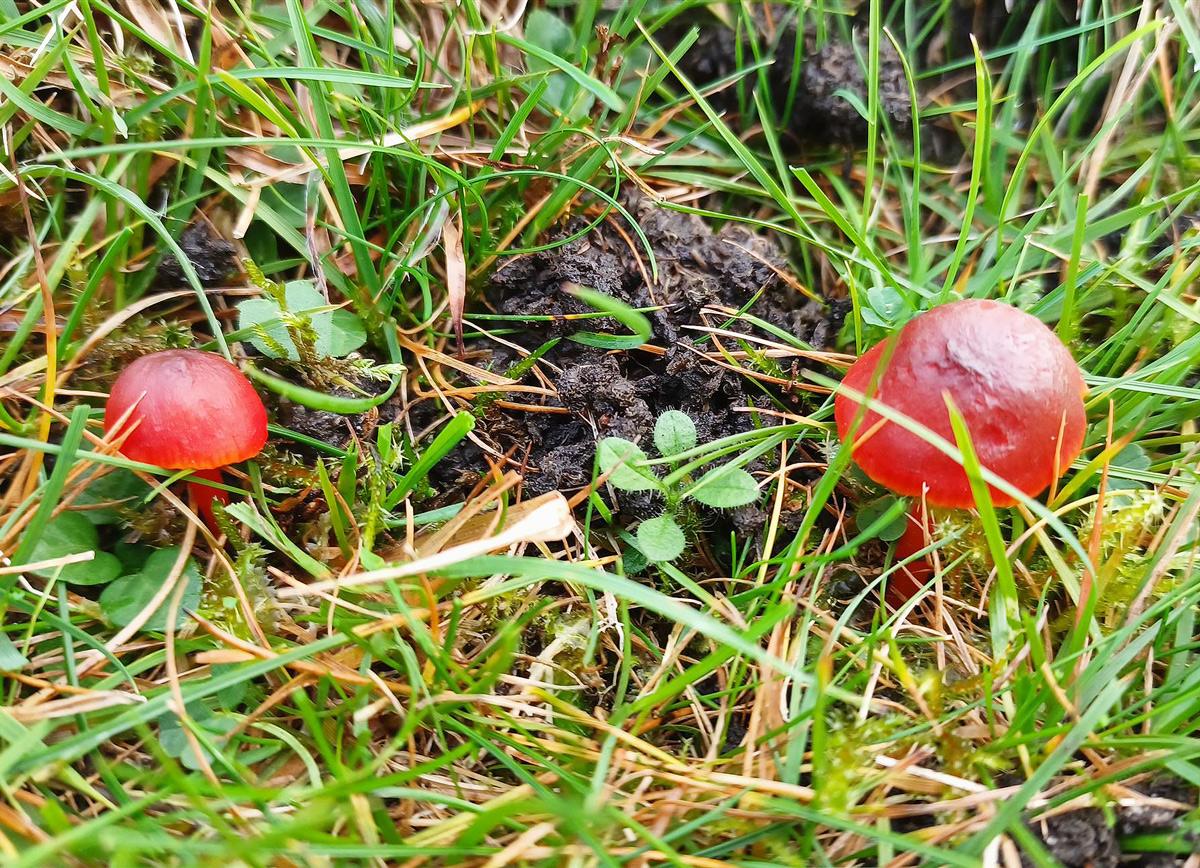
Shadowed waxcap

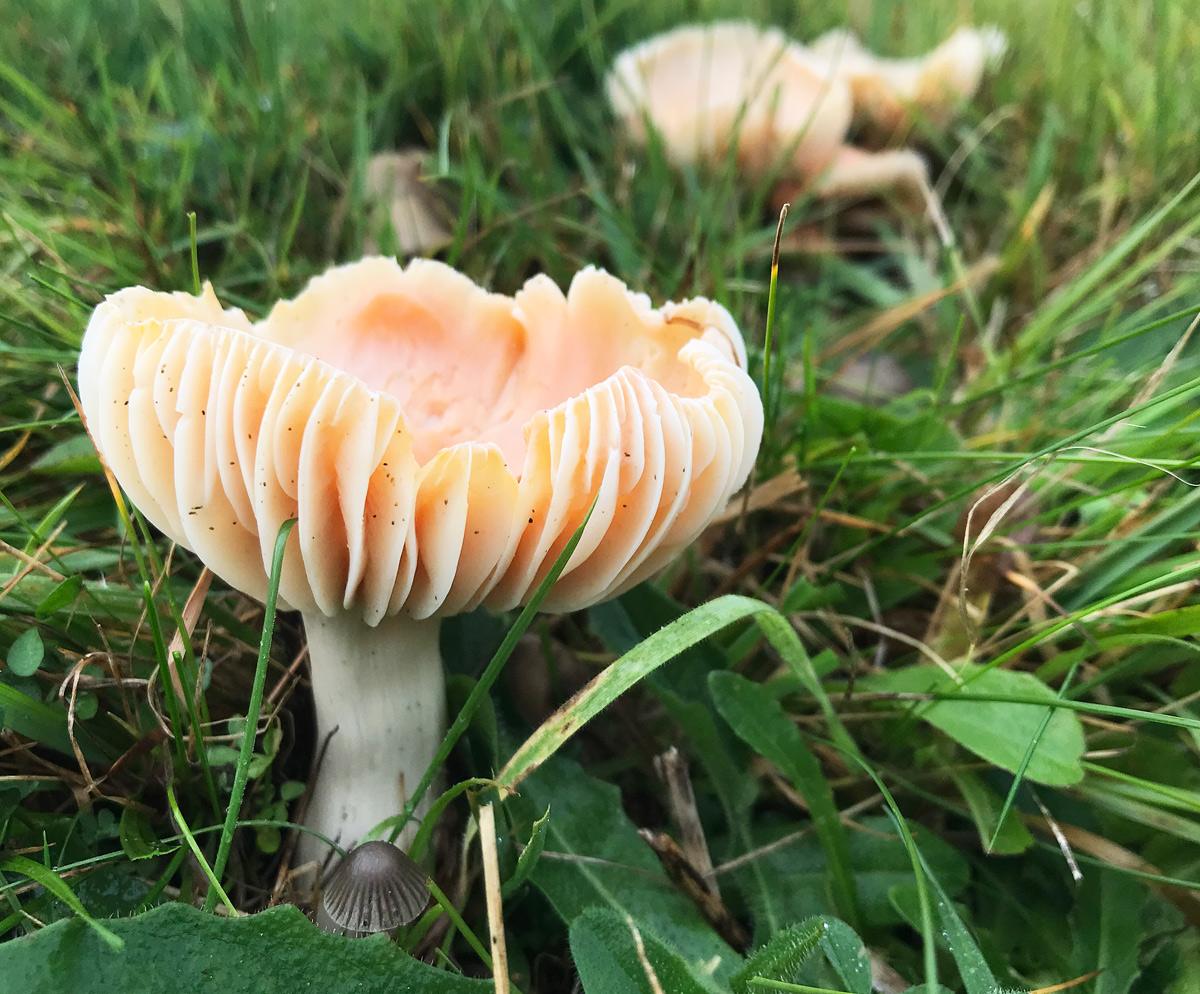
Pink waxcap at Jinlye Meadows in Shropshire

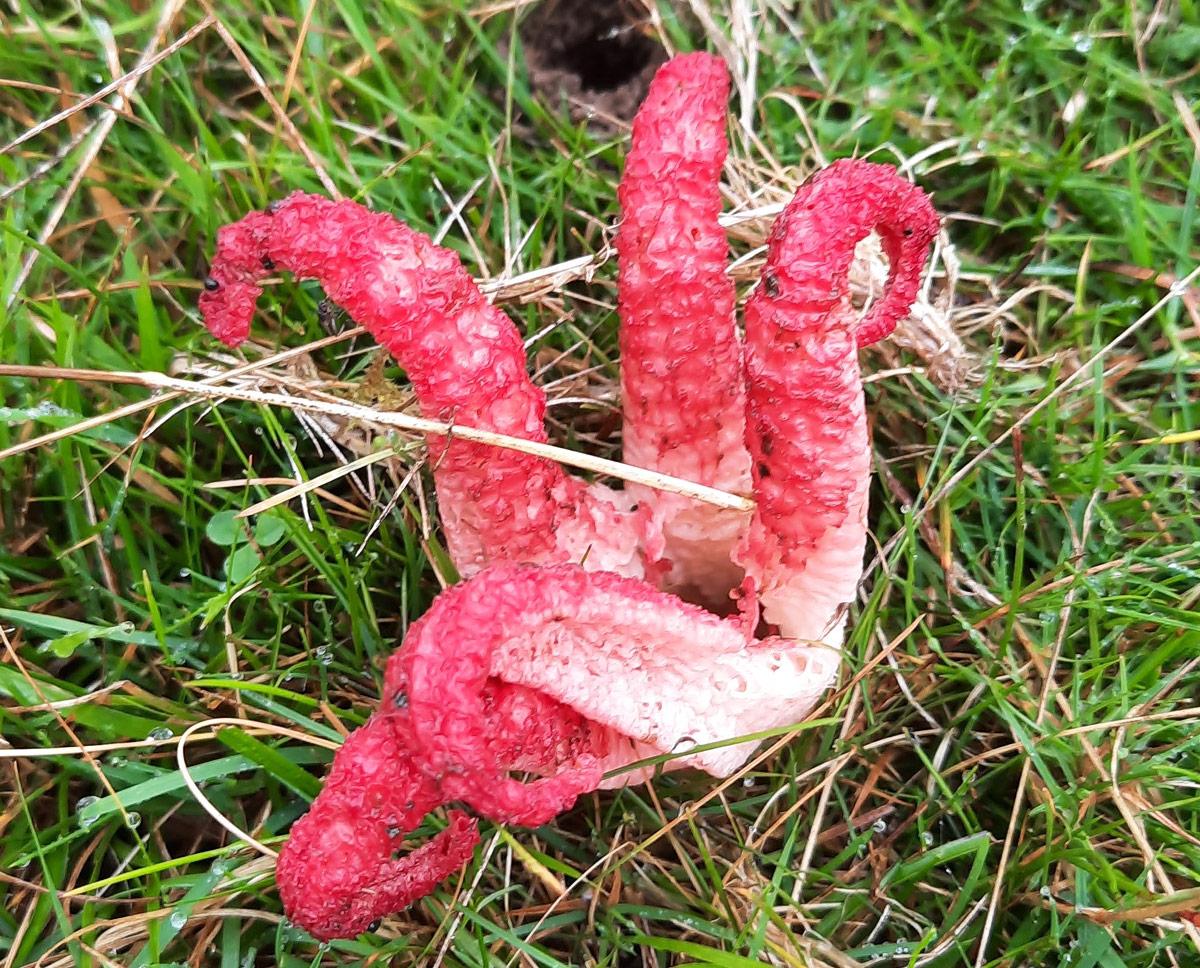
Devil's fingers at Bircher Common in Shropshire
Losers
Butterflies have had a particularly bad year with the lowest numbers of the insects recorded in the Butterfly Conservation's Big Butterfly Count.
National Trust teams reported butterflies emerging later due to the very cool spring, although the range of species remained stable.
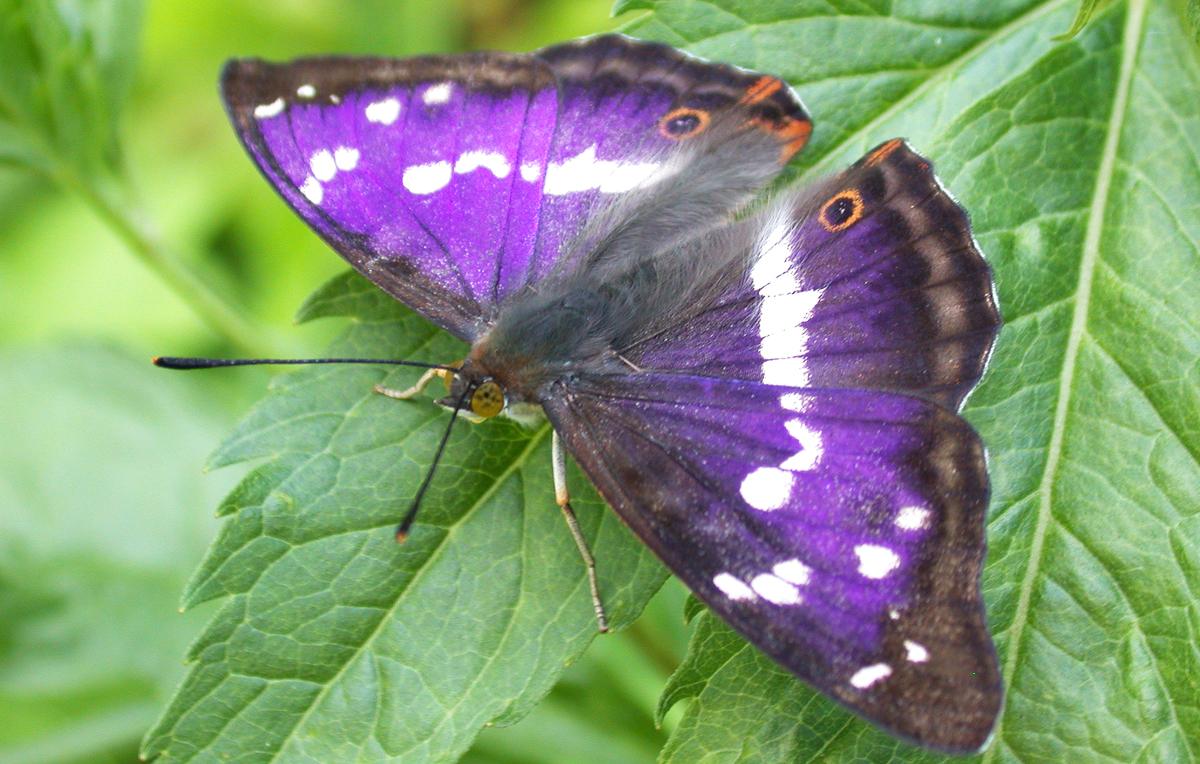
Purple Emperor (male) at Sheringham Park in Norfolk


Large blue butterfly
Oak trees in the south of England hardly produced any acorns this year, says the trust, in contrast to oaks further north which had a bumper crop.
Oak flowers need dry warm weather to successfully produce acorns - conditions found in the north of England but not down south.

The Holm oak at Westbury Court Garden in Gloucestershire
The record number of late frosts through April - and into late May - in some parts of the country hammered apple blossom and led to a poor apple harvest, particularly in northern parts of England and Northern Ireland.
It was a topsy-turvy year for terns too.
At Blakeney Point in Norfolk, little terns - one species of these small seabirds - abandoned their nests, scared off by the presence of a short-eared owl and common gulls. But the neighbouring colonies of sandwich and common terns did well, the Trust says.
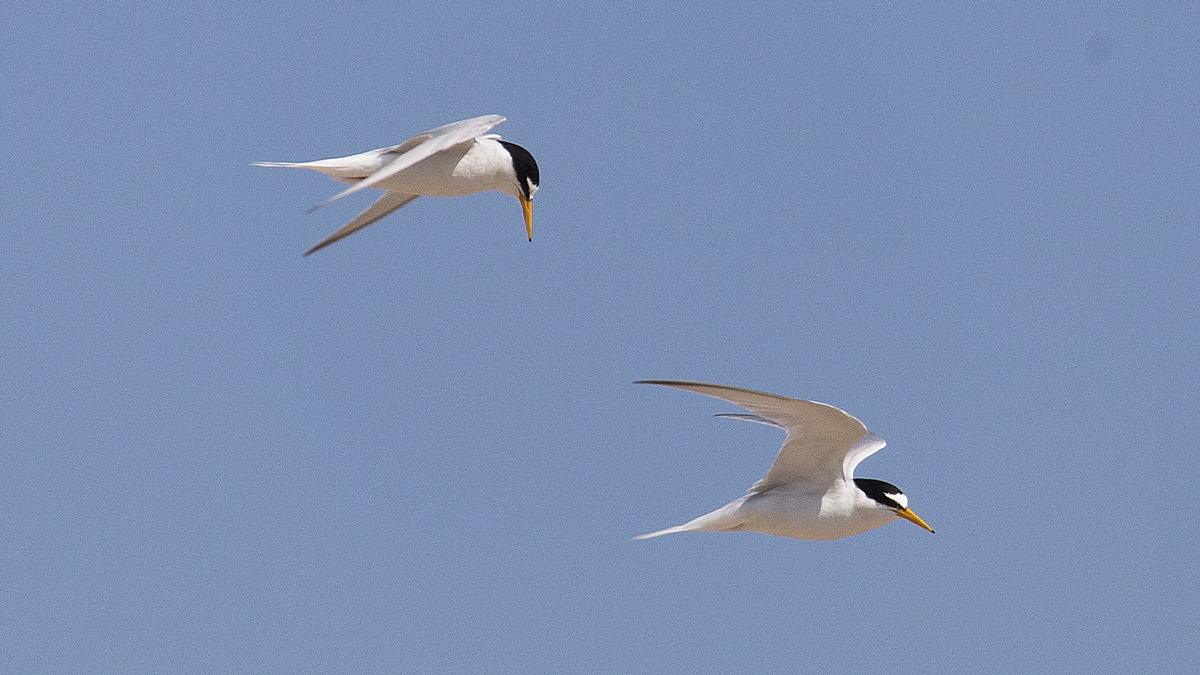
Little terns

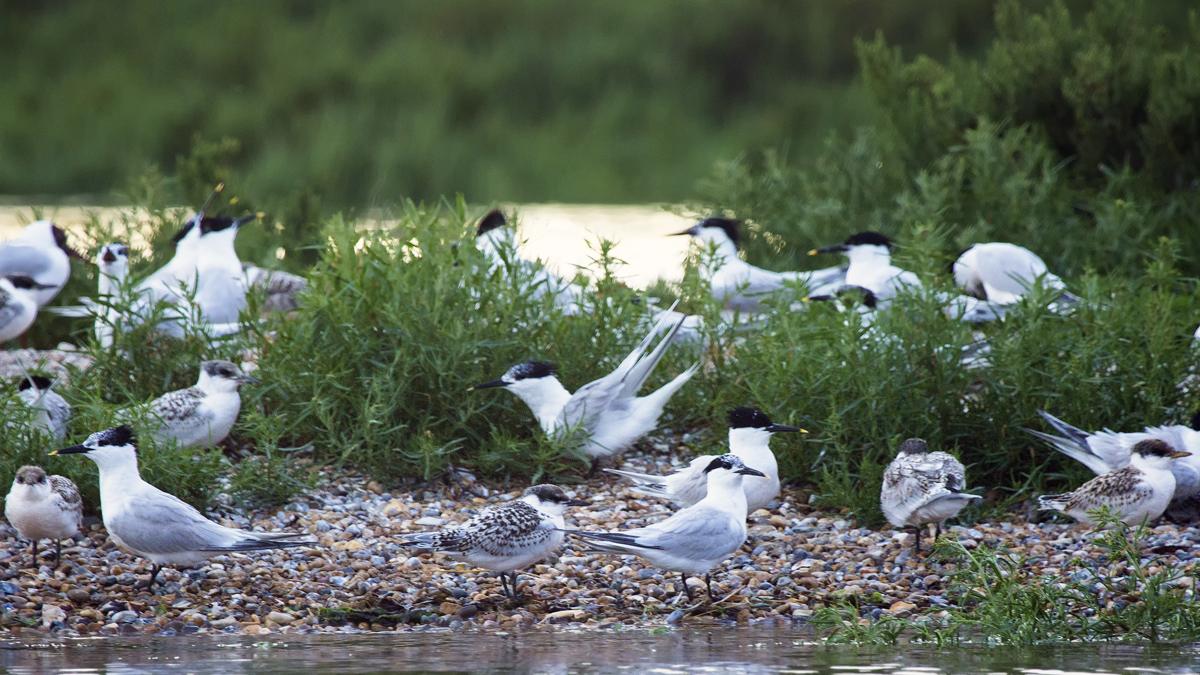
Colony of sandwich terns
Follow Justin Rowlatt on Twitter @BBCJustinR, external